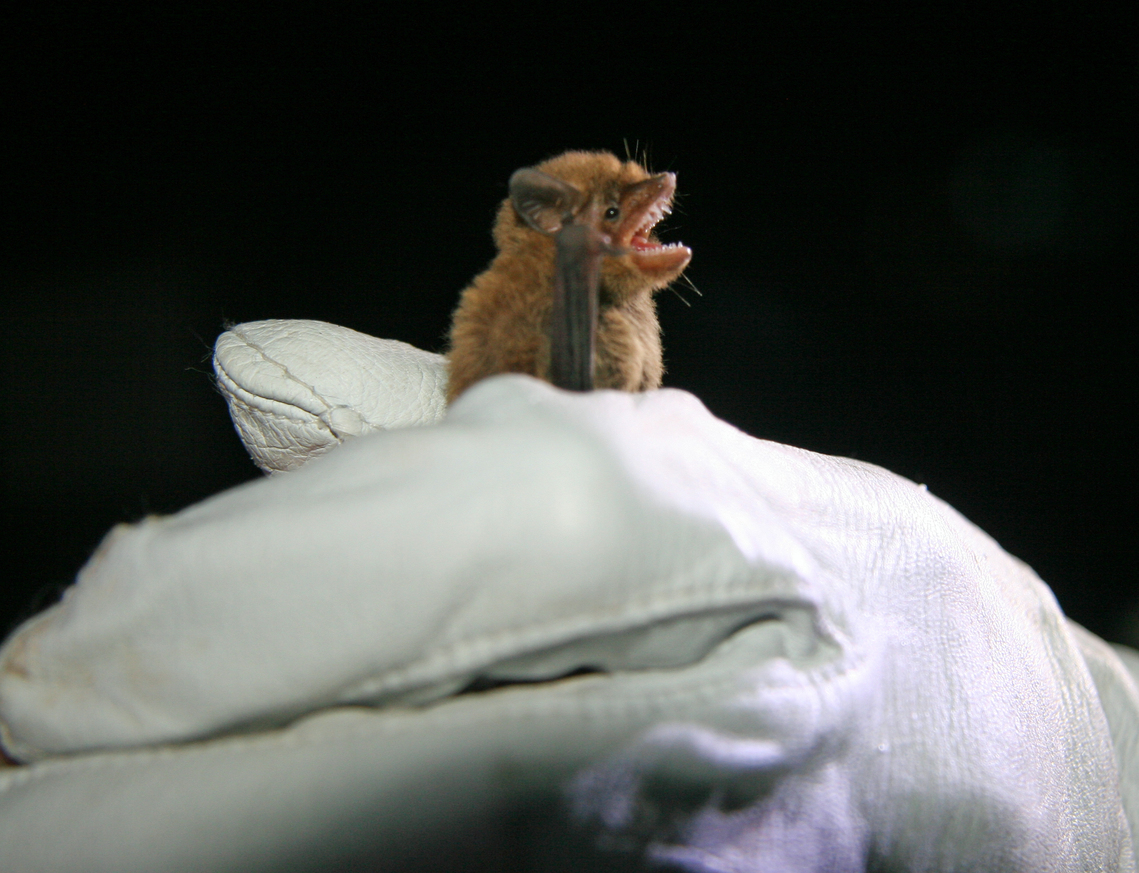About
Petersham Common provides an important green corridor for wildlife to travel through between Richmond Park and the Thames riverside. This includes various birds, foxes, and badgers. It hosts beetles such as stag beetles that will thrive around the decaying wood. Little owls can often be heard especially at dusk. 75 woodcrete varied nest boxes have been provided to support songbirds, owls and bats.
Owls
In the spring of 2022 we noticed the return of tawny and little owls to the Common. If you are lucky, you may see young owls perched on a tree branch or peeping out from a nest box during May and June as they wait for their parents to feed them.
Bats
Bat boxes help to encourage bats to live in Petersham Common as well as provide a link for bats to move from roosts in Richmond Park to feeding grounds along the River Thames. Bats follow critical flight paths that link protected sheltered spaces (trees, hedgerows, no street lighting) and we have 6 bat boxes on the Common (along with about 75 bird boxes). We hope to carry out bat surveys with the London Bat Trust in 2021 to better understand the importance of the Woods to bats. This requires licenses from DEFRA and includes catching and placing micro GPS trackers to understand their movements. The trackers fall off the bats after a few days. In this context if you are a night owl and like staying up all night to monitor bats then please make contact.
Pipistrelle bat captured during Bat Conservation survey
Non-native Knopper gall wasp (Andricus quercuscalicis)
There are over 70 species of Knapper gall wasps in the UK. Some are native. The wasp is believed to have arrived in the 1970’s on introduced Turkey oak trees. You are very unlikely to see this wasp as they can easily fit on a pin head. They are widespread and endemic to the UK and more typically found in urban areas and near stately homes where Turkey oaks exist.
Both Richmond Park and Petersham Common have removed all Turkey oaks over the years to make room for our native common oak trees. But, this wasp also feeds on native common oak acorns as part of its complex lifecycle which causes the acorns to distort into a gall - which is caused by a chemically induced growth change in the acorn. The acorn then becomes a host for a future gall wasp grub.
This wasp will hatch in the spring from the common oak acorn and, interestingly, all the Knopper grubs that hatch in spring from the common oak will be female. The newly hatched female wasp will then seek out a Turkey oak to lay its eggs on catkins creating catkin galls. Catkin galls hatch both male and female wasps in a short period. This completes the life cycle as the females from the catkins lay eggs on the common oak acorns in the early summer starting the cycle over.
In some years there will be a surge of galls and a limited number of viable acorns such as witnessed in 2023. The Knopper gall wasp will suffer catastrophic collapse in populations on regular intervals and viable acorns return.
The Forestry Commission sees no impact on native oak trees and on viable natural regeneration of the native common oak from these wasps.
An acorn with Gall Wasp (left) pictured next to a normal acorn (right)
A Gall Wasp up close, and compared to a matchstick

